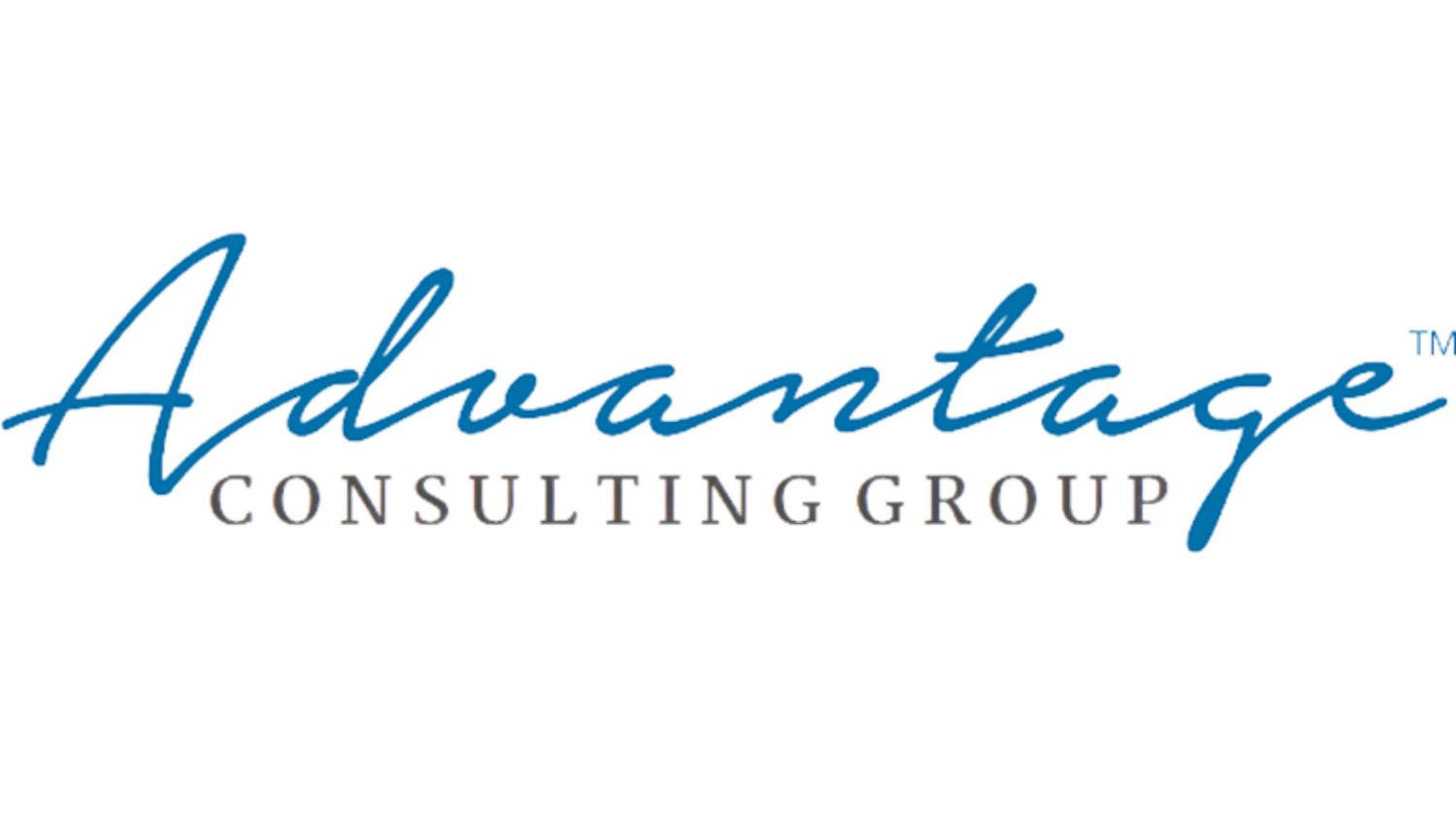Navigating the sea of opinions, suggestions, and concerns to build a transparent and responsive workplace. Understanding and acting on this feedback is what sets great workplaces apart from the rest. Let's dive deep and explore!
Let's paint a picture: It's a Monday morning, and as you sip on your freshly brewed coffee, you decide to check your inbox. Lo and behold, it's flooded with feedback emails from employees. On your desk, there's a stack of feedback forms from the recent town hall meeting, and oh, let's not forget the suggestion box in the break room that's overflowing with notes. Sounds overwhelming, right?
But here's the thing - this feedback, whether it's a pat on the back or constructive criticism, is pure gold. It's the voice of your organization, the heartbeat of your company culture. According to a recent Gallup poll, companies that actively engage and respond to employee feedback see a 14% increase in productivity and a 10% increase in customer ratings. Understanding and acting on this feedback is what sets great workplaces apart from the rest. So, how do we navigate this sea of opinions, suggestions, and concerns to build a transparent and responsive workplace? Let's dive deep and explore!
Why Employee Feedback Matters
Imagine running a marathon blindfolded. Sounds risky, right? That's what managing a company without employee feedback is like. Employee feedback is the compass that guides an organization's journey towards success. It's not just about collecting opinions; it's about understanding the collective pulse of the workplace. 60% of surveyed employees stated that feedback, when addressed, improves their job performance and satisfaction.
When employees speak, they shed light on the strengths and weaknesses of the organization. Their insights can reveal hidden challenges, highlight opportunities, and even forecast potential pitfalls. Think of it as having insider information on how to make your company the best version of itself.
When employees see that their feedback is valued and acted upon, it fosters a sense of belonging and trust. They feel seen, heard, and integral to the company's growth. This not only boosts morale but also increases retention rates. After all, who wouldn't want to work for a company that genuinely cares about its employees' opinions and well-being?
In the age of Glassdoor reviews and LinkedIn updates, where employees can share their workplace experiences with a global audience, having a positive employer brand is more crucial than ever. And guess what? Actively addressing and valuing employee feedback is a surefire way to enhance that brand image. 40% of employees become disengaged when they receive little or no feedback. So, in essence, employee feedback isn't just a tool; it's the lifeblood of a thriving, dynamic, and transparent organizational culture.
HR's Role in Championing Feedback
As HR pros, we're the bridge between the workforce and management. Organizations that regularly solicit and act on feedback have a 30% lower turnover rate. Here's how we can champion feedback:
Open Channels of Communication: Whether it's a digital platform, a physical suggestion box, or regular town hall meetings, ensure there are multiple avenues for employees to voice their thoughts.
Anonymous Feedback: Sometimes, the most honest feedback comes when there's no name attached. Consider tools or platforms that allow for anonymous inputs.
Regular Surveys: Pulse surveys, annual reviews, or even quick weekly check-ins can provide invaluable insights. Remember, the more frequent the feedback, the faster you can act on it.
Turning Feedback into Action
Gathering feedback is just step one. The real magic happens when we act on it.
Prioritize: Not all feedback will require immediate action. It's essential to prioritize based on urgency, feasibility, and impact.
Collaborate: Get managers and team leads involved. Discuss feedback relevant to their teams and brainstorm solutions together.
Transparency is Key: 70% of employees feel that being empowered to work at their full potential requires greater feedback and communication from managers. Always communicate back. Whether it's a "We're working on it" or a "Here's what we've changed based on your feedback," keeping the loop closed is crucial.
Celebrate the Wins
Implemented a change based on feedback? Celebrate it! Whether it's a shoutout in the company newsletter, a mention in the team meeting, or even a simple email, recognizing and celebrating changes fosters a positive feedback culture.
Challenges Ahead
Of course, it's not always smooth sailing. There will be feedback that's tough to swallow or implement. But remember, every piece of feedback, positive or negative, is a step towards creating a better workplace.
Feedback is gold. It's the compass that guides HR practices, policies, and strategies. Teams that receive feedback on their strengths experience 8.9% greater profitability. By actively seeking, valuing, and acting on feedback, we're not just addressing concerns; we're building a transparent, responsive, and inclusive workplace culture.
Ready to make a difference in your organization with top-tier HR practices? Let's chat! We're here to help you find the perfect HR role where you can shine and make an impact. Reach out to us today and let's shape the future of workplaces together.

